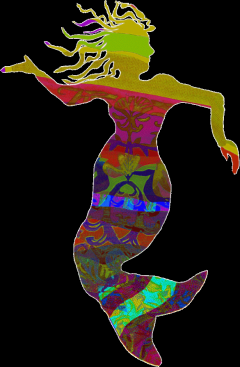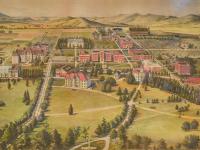Featured Books

Writing With Substance
Vimala C. Pasupathi
Entanglements
Diana Leong, Mark C. Marino, Jessica Pressman
Pathfinders
Dene Grigar, Stuart Moulthrop
FemTechNet Critical Race & Ethnic Studies Pedagogy Workbook
Anne Cong-Huyen, Christofer Rodelo, Erica Maria Cheung, alex cruse, Regina Yung Lee, Katie Huang, George Hoagland, Dana Simmons, Sharon Irish, Amanda Phillips, Veronica Paredes, Genevieve Carpio
Scalar 2 User's Guide

A Photographic History of Oregon State University
Larry Landis with OSU Digital Publishing
Complex TV
Jason Mittell
Growing Apart
Colin Gordon
Performing Archive
Jacqueline Wernimont, David J. Kim, Stephan Schonberg, Amy Borsuk, Beatrice Schuster, Heather Blackmore, Ulia Gosart (Popova)
Sound and Documentary in Cardiff and Miller's Pandemonium
Cecilia Wichmann
Unghosting Apparitional (Lesbian) History
Michelle Moravec
